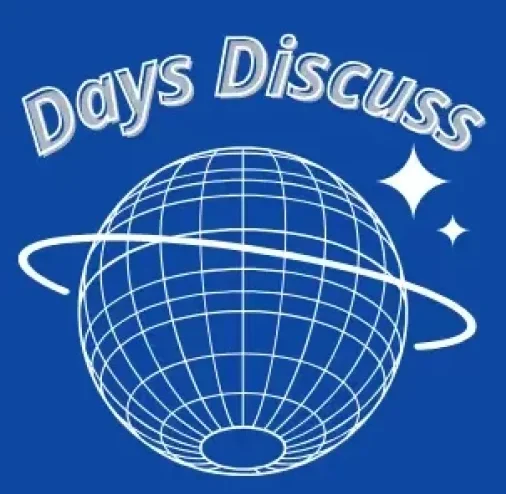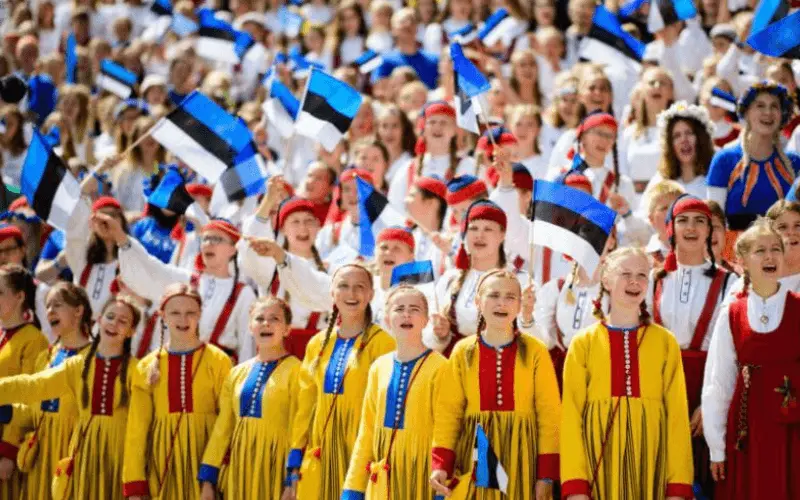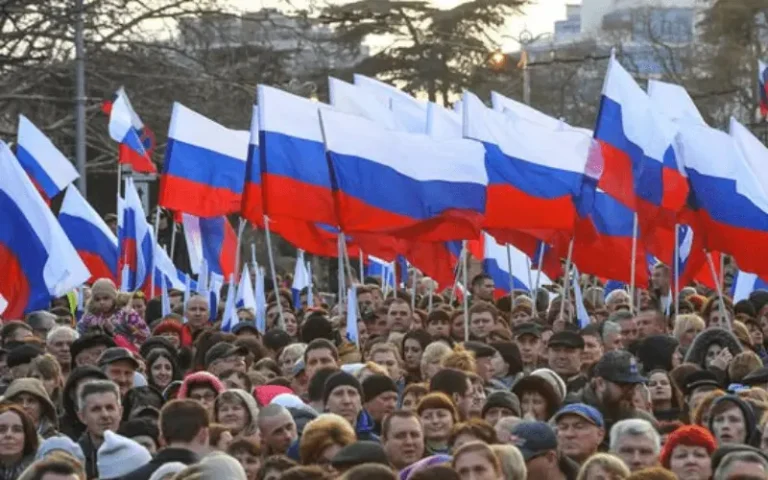Estonia Independence Day
Estonia Independence Day, a celebration of freedom and resilience, marks the nation’s journey to autonomy known as Independencia de Estonia in Spanish, it’s a day to cherish Estonian Independence rich history, and cultural identity.
What’s Estonia Independence Day?
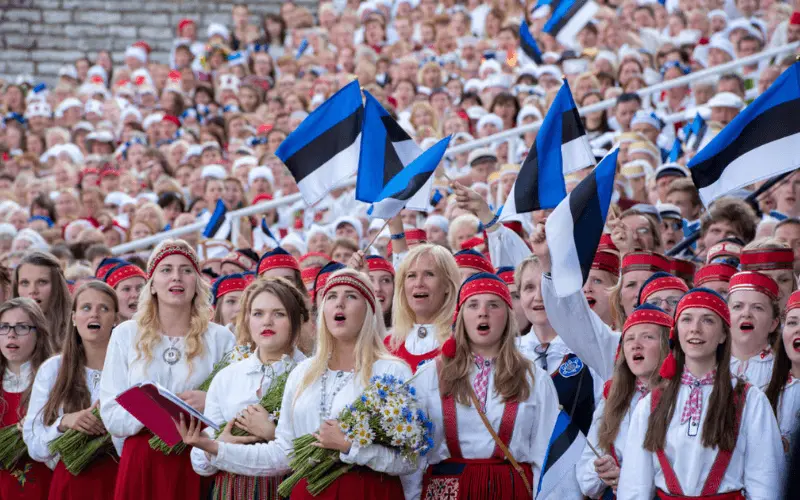
Estonia Independence Day holds profound significance as the commemoration of the nation’s autonomy. It marks the day when Estonia officially declared its independence in 1918, a pivotal moment that reflects the country’s resilience and determination. The Estonian Declaration of Independence, a historic document, serves as a testament to the nation’s unwavering pursuit of freedom.
The day is deeply intertwined with the Estonian and Latvian War for Independence, highlighting the challenges faced by the Baltic nations during this period. Estonia Independence Day, therefore, serves not only as a celebration of freedom but also as a reflection on the sacrifices made and the enduring spirit that shaped the destiny of the Estonian people.
History of Estonia Independence Day

Estonia’s independence year traces its origins to a pivotal moment in history when, on February 24, 1918, Estonia officially declared its independence. This marked the culmination of persistent efforts by the Estonian people to assert their autonomy.
During the Estonian War of Independence from 1918 to 1920, the nation faced formidable challenges in securing its freedom. Despite the hardships, Estonia emerged victorious, solidifying its sovereignty and paving the way for the annual celebration of Estonia’s Independence Day in August.
This month holds special significance as it marks Estonia’s independence year and commemorates the country’s resilience during a critical period. Furthermore, Estonia’s Independence Day symbolizes the nation’s triumphant separation from the Soviet Union, signifying the end of a challenging chapter and the beginning of a sovereign future.
Importance of Estonia’s Independence Day Symbol
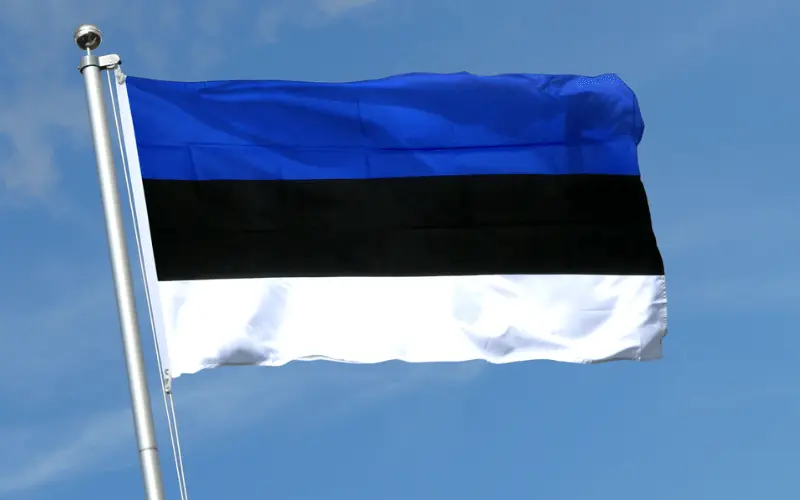
The symbolism embedded in Estonia’s Independence Day, especially within its national flag, carries profound significance. The Estonian flag consists of three horizontal stripes blue, black, and white each representing distinct elements integral to the nation’s identity.
During the celebrations, the role of the President of Estonia with the Estonian flag takes on special importance. As the president participates in events, proudly carrying the national flag, it becomes a powerful symbol of leadership and unity. Furthermore, the Estonia Independence Day speech delivered by the president resonates with reflections on the nation’s journey, accomplishments, and future aspirations. Together, the Estonian flag and the president’s involvement serve as an emblem of the nation’s strength, resilience, and the continuous pursuit of a prosperous future.
When will Estonia Independence Day be Celebrated in 2024?

Estonia Independence Day in 2024 will be celebrated on Sat, Feb 24, 2024. This date holds special significance as it commemorates the day Estonia officially declared its independence in 1918. The celebration occurs annually on February 24th, emphasizing the historical importance of this particular date.
How is Estonia Independence Day Celebrated?
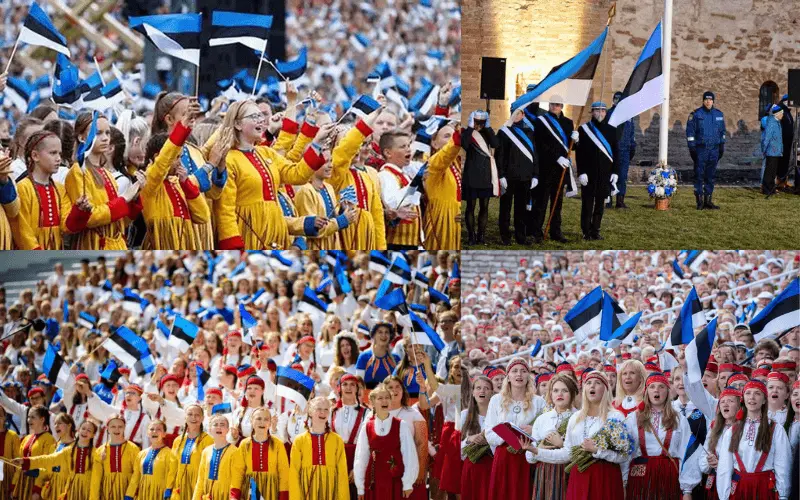
Estonia Independence Day is celebrated with a series of cherished traditions. The festivities kick off with a televised flag-raising ceremony at Pikk Hermann Tower, situated next to Toompea Castle. This ancient defensive stronghold sets the stage for a significant moment, symbolizing the resilience and freedom of the Estonian people.
Following the solemn flag-raising, the celebration takes a vibrant turn with fireworks illuminating the sky. The dazzling display adds a touch of joy to the occasion, captivating the spirits of onlookers. The festivities continue with a lively parade, where the community comes together to showcase national pride and unity.
A noteworthy aspect of the celebration is the presidential reception, where the head of the state welcomes guests and dignitaries. This event serves as a formal acknowledgment of the historical significance of Estonia’s Independence Day.
Adding a touch of warmth to the festivities, Estonians often exchange greetings in their native language. A common phrase during this celebration is “Palju õnne sünnipäevaks,” which translates to “Happy birthday” in Estonian.
Notable moments in recent celebrations include the Singing Revolution in Estonia in 2019, a powerful expression of national unity through music. Additionally, there have been instances where Estonian mayors actively participate in the celebrations by singing, embodying the spirit of community and shared heritage. The combination of these events creates a rich tapestry of traditions, reflecting the resilience and cultural pride of the Estonian people on Independence Day.
Conclusion
Estonia Independence Day encapsulates the nation’s resilience, symbolized by its declaration of Estonian independence in 1918. The festivities also commemorate Estonia’s renewed sovereignty in 1991, marking a pivotal moment in the nation’s history.
Frequently Asked Questions
When did Estonia get independence?
Estonia gained independence on August 20th, 1991, marking a historic moment when the nation reclaimed its sovereignty from the Soviet Union.
Why does Estonia celebrate Independence Day?
Estonia celebrates Independence Day because, on February 24, 1918, the nation officially declared statehood, marking a pivotal moment in history when Estonia asserted its autonomy and sovereignty.
Is Estonia independent from Russia?
Yes, Estonia is independent from Russia. The country declared its independence from the Soviet Union on August 20, 1991, marking the end of the Soviet occupation and the restoration of Estonia’s sovereignty.
How old is Estonia country?
As of 2024, Estonia is 105 years old. The country officially declared its independence on February 24, 1918.
Read other National Independence Day Guides by daysdiscuss
India Republic Day|Celebrating 75 Glorious Years on January 26th
Qatar National Day| December 18| Discover the Essence and Grandeur
Sri Lanka Independence Day 2024 (Discover the Rich History, Celebrations, and Dates)
Australia Day| Everything You Need to Know
Serbia Statehood Day (Everything You Need To Know )
Pakistan Independence Day 14 August 1947
Lithuania Independence Day February 16th|Lithuania Independence Restoration Day March 11th
